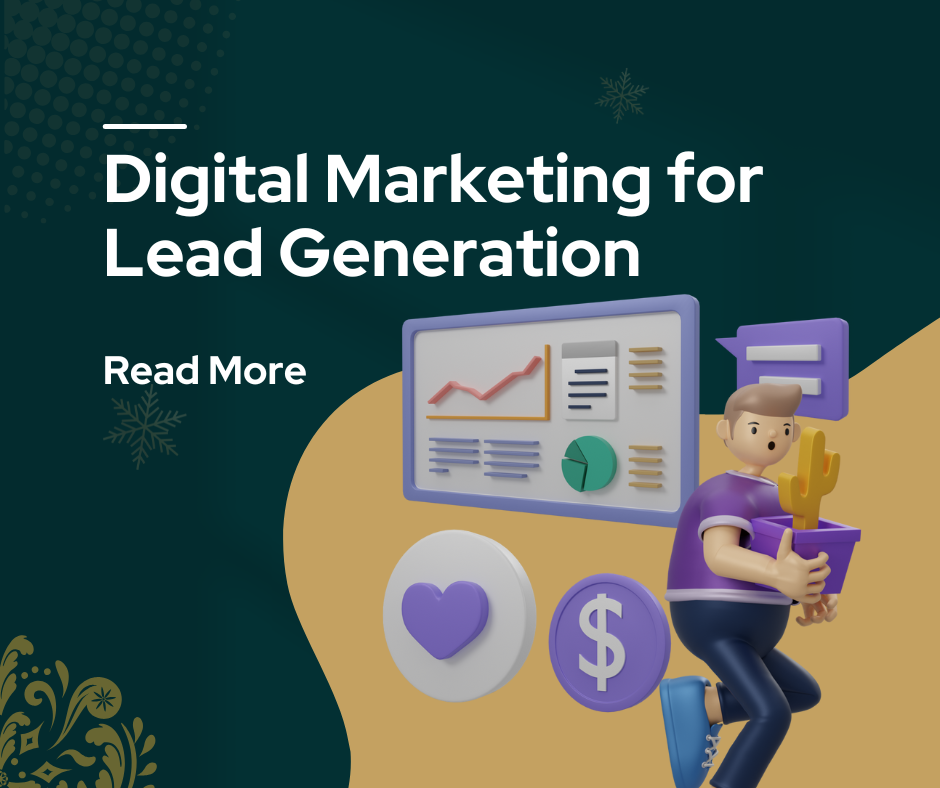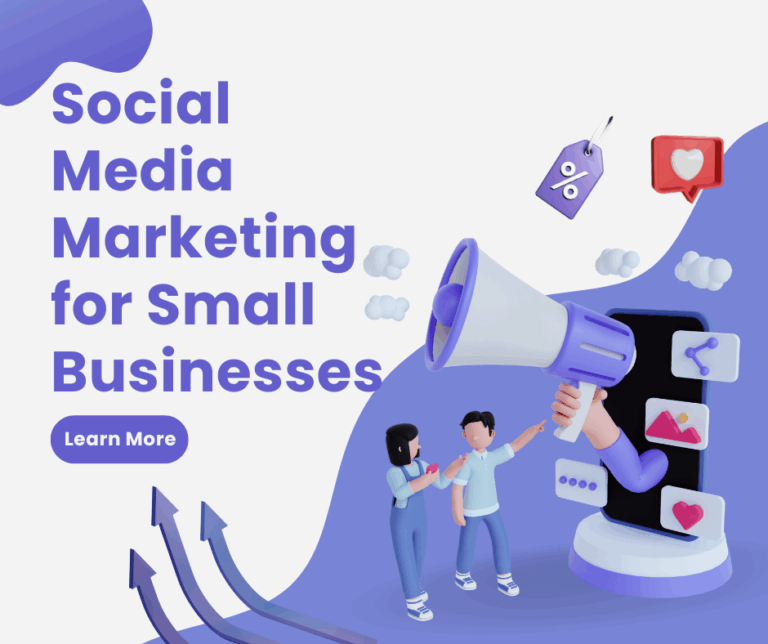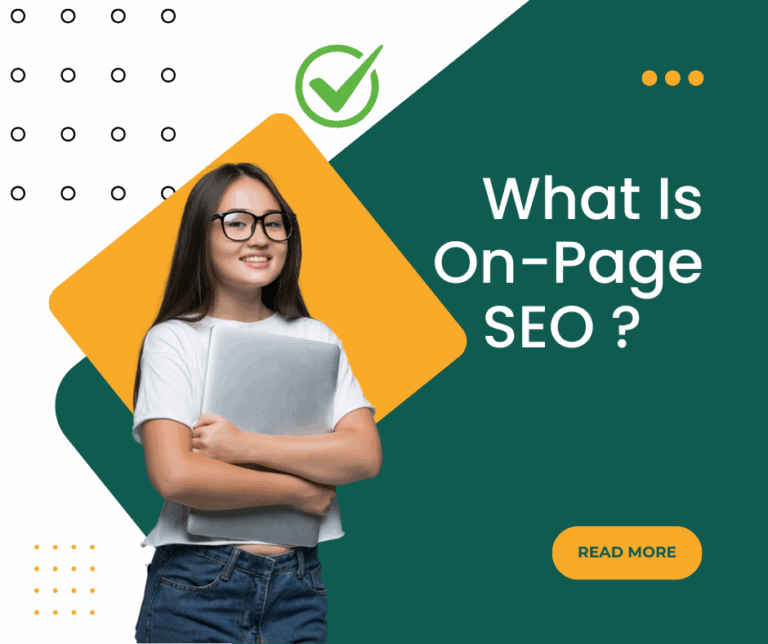Digital Marketing for Lead Generation: Get More Leads Without Cold Calling
Digital marketing for lead generation has revolutionized how businesses attract and convert prospects, eliminating the need for intrusive cold calling techniques that often damage brand reputation. Modern consumers actively seek solutions to their problems online, creating unprecedented opportunities for businesses to connect with qualified prospects at the perfect moment.
The traditional approach of interrupting potential customers with unsolicited calls has become increasingly ineffective and expensive. Today’s buyers prefer to research products and services independently, making purchasing decisions based on valuable content, social proof, and trusted recommendations they discover through digital channels.
Smart businesses are leveraging digital marketing strategies to attract prospects naturally, nurture relationships through valuable content, and convert leads through strategic touchpoints that respect consumer preferences. This approach not only generates higher-quality leads but also builds stronger, more sustainable customer relationships.
This comprehensive guide will show you how to get more leads online using proven digital marketing techniques that attract prospects willingly, engage them meaningfully, and convert them consistently without a single cold call.
What Is Digital Marketing for Lead Generation?
Digital marketing for lead generation is a strategic approach that uses online channels and tactics to attract, engage, and convert potential customers into qualified sales prospects. Unlike traditional outbound methods, this approach focuses on creating valuable experiences that draw prospects to your business naturally.
The foundation of effective lead generation without cold calling lies in understanding your target audience’s online behavior, preferences, and decision-making processes. By creating relevant content, optimizing for search engines, and maintaining active social media presence, businesses can position themselves where prospects are already looking for solutions.
This methodology encompasses multiple touchpoints including content marketing, search engine optimization, social media engagement, email marketing, and paid advertising campaigns. Each channel serves specific purposes in the customer journey, from initial awareness through consideration to final conversion.
The key advantage of digital lead generation is its ability to attract prospects who are actively seeking solutions, making them more receptive to your messaging and more likely to convert into paying customers. This approach builds trust and credibility while respecting consumer autonomy in the purchasing process.
6 Proven Strategies to Get More Leads Online
1. Create Valuable Content That Solves Real Problems
Content marketing remains one of the most effective ways to attract qualified prospects without cold calling. Develop blog posts, whitepapers, case studies, and guides that address your target audience’s specific challenges and questions.
Focus on educational content that provides immediate value rather than promotional material. When prospects find helpful information that solves their problems, they naturally associate your brand with expertise and trustworthiness.
Use keyword research to understand what your prospects are searching for online. Create content that answers these questions comprehensively, positioning your business as the go-to resource in your industry.
2. Optimize Your Website for Search Engine Visibility
Search engine optimization ensures your business appears when prospects search for solutions you provide. Target relevant keywords that indicate buying intent, such as “best [product type]” or “[service] near me.”
Optimize your website’s technical elements including page speed, mobile responsiveness, and user experience. Search engines prioritize websites that provide excellent user experiences, directly impacting your visibility in search results.
Create dedicated landing pages for specific services or products, making it easy for prospects to find exactly what they need. Include clear calls-to-action and contact forms to capture lead information effectively.
3. Leverage Social Media to Build Relationships
Social media platforms provide excellent opportunities to connect with prospects in natural, non-intrusive ways. Share valuable content, engage in industry discussions, and respond to questions and comments thoughtfully.
Use LinkedIn for B2B lead generation by sharing industry insights, connecting with decision-makers, and participating in relevant groups. This platform allows you to build relationships with prospects before they’re ready to buy.
Create social media campaigns that encourage engagement and sharing. When your audience shares your content, it extends your reach to their networks, creating opportunities for organic lead generation.
4. Implement Email Marketing Campaigns
Email marketing allows you to nurture relationships with prospects over time, providing ongoing value while staying top-of-mind for future purchasing decisions. Create segmented campaigns based on prospect interests and behavior.
Develop automated email sequences that deliver relevant content based on where prospects are in their buyer’s journey. This ensures they receive appropriate information at the right time without manual intervention.
Use lead magnets like free guides, templates, or webinars to capture email addresses. Offer genuine value in exchange for contact information, establishing the foundation for ongoing relationship building.
5. Utilize Pay-Per-Click Advertising Strategically
PPC advertising allows you to appear prominently in search results and social media feeds when prospects are actively looking for solutions. This targeted approach ensures your ads reach people with genuine interest in your offerings.
Create compelling ad copy that addresses specific pain points and offers clear solutions. Use landing pages that match your ad messaging to maintain consistency and improve conversion rates.
Implement retargeting campaigns to reconnect with website visitors who didn’t convert initially. These prospects have already shown interest in your business, making them more likely to engage with follow-up marketing efforts.
6. Host Webinars and Virtual Events
Webinars provide excellent opportunities to demonstrate expertise while generating qualified leads. Prospects who attend your events are actively interested in your topic and more likely to become customers.
Choose webinar topics that address common challenges in your industry. Provide actionable insights and practical solutions that attendees can implement immediately, building trust and credibility.
Follow up with webinar attendees through personalized emails that continue the conversation. Offer additional resources or one-on-one consultations to move prospects further through your sales funnel.
Advanced Digital Marketing Tools for Lead Generation
Marketing automation platforms like HubSpot, Marketo, and Pardot streamline lead generation processes by tracking prospect behavior, scoring leads based on engagement, and triggering personalized communications automatically. These tools enable businesses to nurture hundreds of prospects simultaneously while maintaining personalized experiences.
Customer relationship management (CRM) systems integrate with your marketing efforts to track lead sources, monitor engagement levels, and manage follow-up activities. This integration ensures no qualified prospects fall through the cracks while providing insights into which marketing channels generate the highest-quality leads.
Analytics tools provide detailed insights into which digital marketing leads strategies are most effective for your business. Google Analytics, combined with marketing platform analytics, reveals which content, campaigns, and channels drive the most conversions.
Social listening tools help identify prospects who are discussing challenges your business can solve. By monitoring relevant conversations, you can engage naturally and provide helpful insights without appearing salesy or intrusive.
Common Mistakes in Digital Lead Generation and How to Avoid Them
One major mistake is focusing on quantity over quality when generating leads. Many businesses celebrate high lead volumes without considering conversion rates or customer lifetime value. Focus on attracting prospects who match your ideal customer profile rather than casting the widest possible net.
Another common error is failing to nurture leads consistently after initial contact. Many prospects aren’t ready to buy immediately, requiring ongoing relationship building through valuable content and timely follow-up communications.
Businesses often make the mistake of using generic messaging across all marketing channels instead of tailoring content to specific audiences and platforms. Each channel serves different purposes and attracts prospects at various stages of the buying journey.
Many companies also underestimate the importance of mobile optimization, despite mobile traffic comprising the majority of web usage. Ensure all digital marketing materials provide excellent mobile experiences to avoid losing potential leads.
Finally, avoid the temptation to be overly promotional in your content and communications. Modern consumers can easily detect sales pitches and often respond negatively to overly aggressive marketing approaches.
Frequently Asked Questions
How long does it take to see results from digital lead generation? Digital marketing for lead generation typically shows initial results within 30-60 days for paid advertising campaigns, while organic strategies like SEO and content marketing may take 3-6 months to generate significant lead volumes. Consistency and patience are essential for long-term success.
What’s the most cost-effective digital marketing channel for lead generation? Content marketing and email marketing typically provide the highest ROI for lead generation, though the most effective channels vary by industry and target audience. A diversified approach using multiple channels often yields better results than relying on a single strategy.
How do I know if my digital marketing leads are high quality? High-quality leads typically have higher conversion rates, shorter sales cycles, and higher customer lifetime values. Track metrics like lead-to-customer conversion rates, time-to-close, and revenue per lead to assess lead quality across different marketing channels.
Can digital marketing completely replace cold calling for lead generation? For many businesses, digital marketing can indeed replace cold calling entirely, especially when combined with warm outreach to engaged prospects. However, some industries and business models may benefit from a hybrid approach that combines digital lead generation with strategic, personalized outreach.
Conclusion
Digital marketing for lead generation offers superior alternatives to cold calling that respect consumer preferences while delivering better results for businesses. By implementing content marketing, SEO optimization, social media engagement, email campaigns, and strategic advertising, you can attract qualified prospects who are genuinely interested in your solutions.
The key to successful lead generation without cold calling lies in providing genuine value at every touchpoint, understanding your audience’s needs, and maintaining consistent engagement throughout the customer journey. This approach builds stronger relationships, generates higher-quality leads, and creates sustainable competitive advantages.
Remember that effective digital lead generation requires patience, consistency, and continuous optimization. Start with one or two strategies that align with your resources and target audience, then expand your efforts as you see results. The businesses that master these digital marketing approaches will continue to thrive while competitors struggle with outdated, intrusive marketing methods that modern consumers increasingly reject.
Digital Marketing Agency: Top 5 Signs Your Business Needs One Now Read More.






